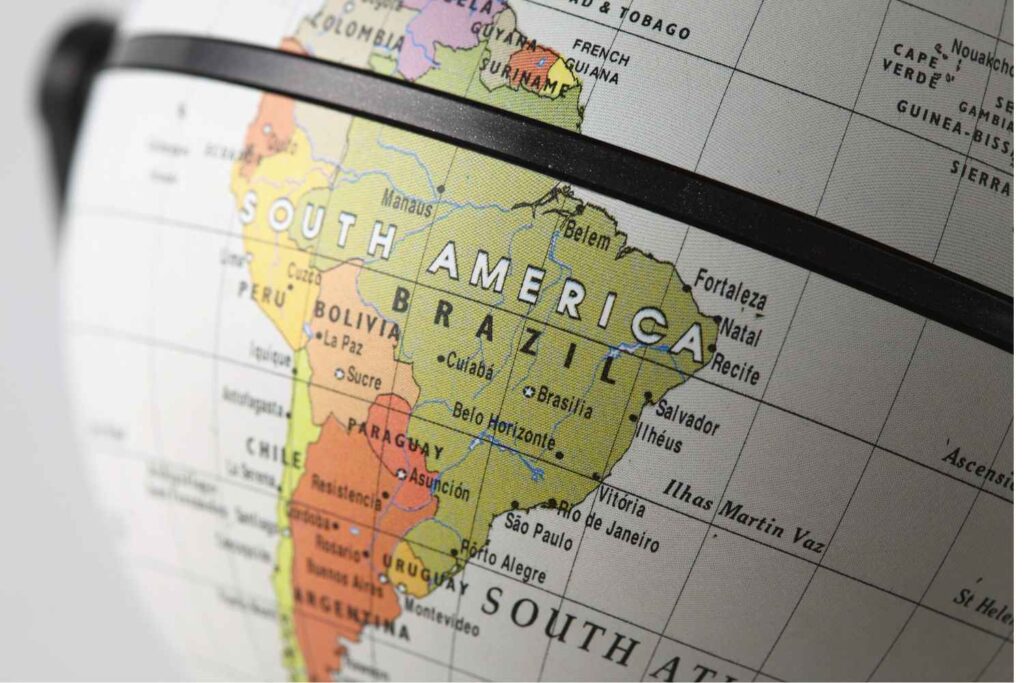Global Food Security in a Turbulent World: Reviewing the Impacts of the Pandemic, the War and Climate Change
The authors explore how the COVID-19 pandemic, the Russia–Ukraine war, and climate change have jointly disrupted global food security. Drawing on recent empirical evidence, the paper examines the mechanisms through which each shock has affected the four key dimensions of food security: availability, access, utilization, and stability. By highlighting the compounding effects of these overlapping […]










